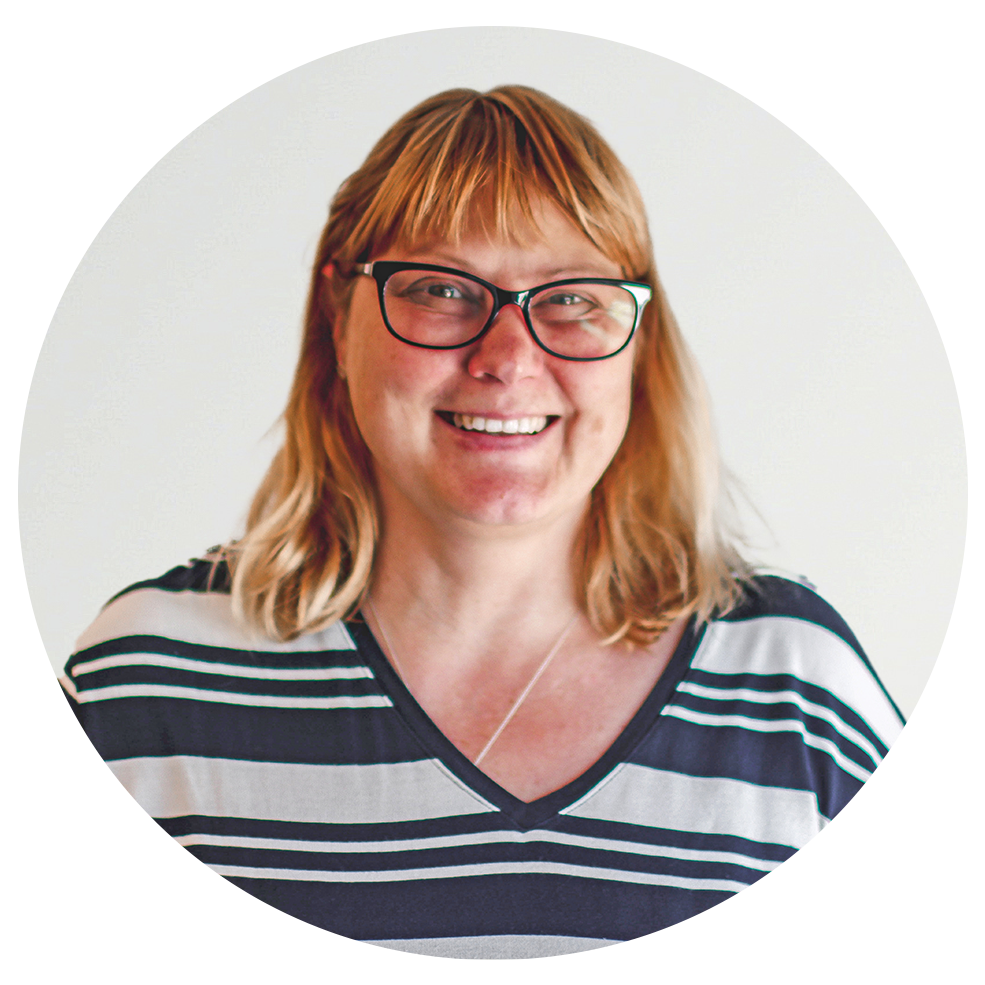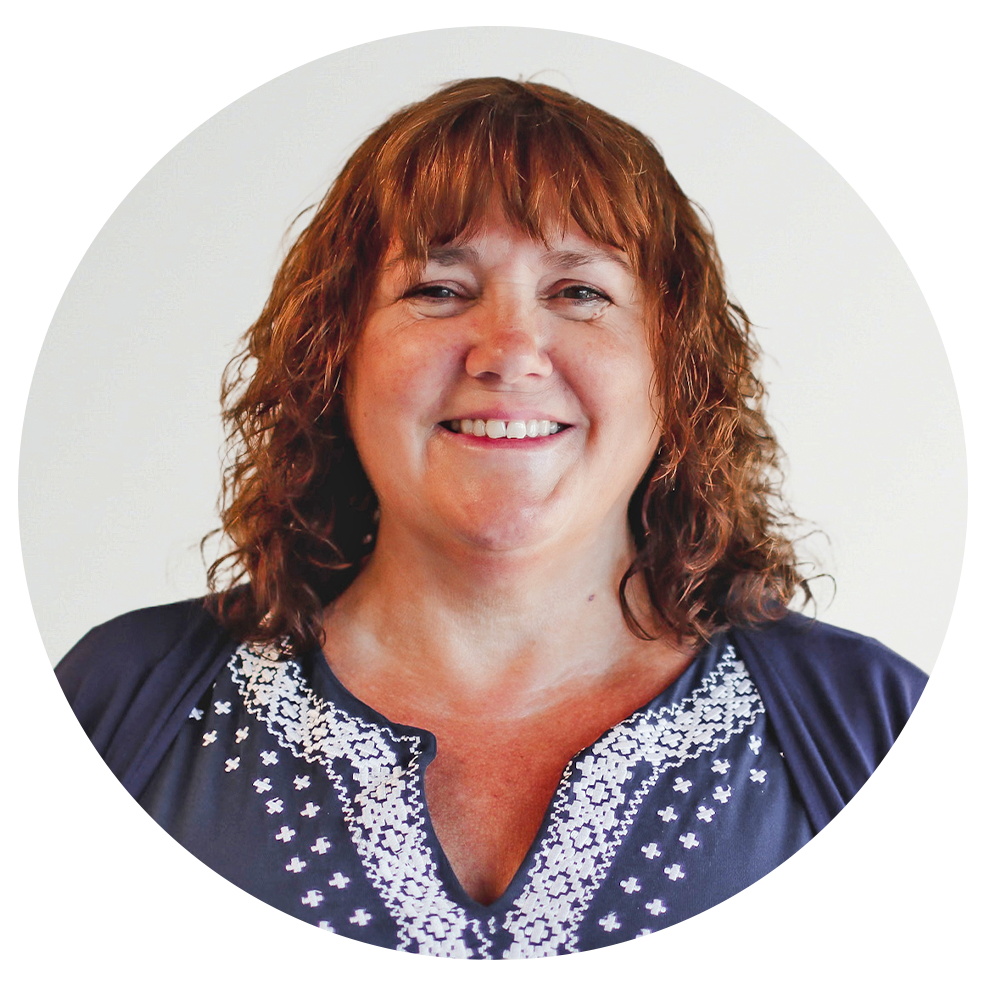Combining postural and pressure management
This webinar shows how pressure and postural management are interlinked and how nurses and therapists can learn from each other and can work together to achieve the most clinically and cost-effective solution for their clients.
Learning Outcomes
- Understand links between pressure and posture management
- Analyse pressure risk assessment and posture assessment and identify cross over to provide solutions for our clients
- Review the evidence for use of pressure and posture management for reduction in pressure injuries
- Take away tips for managing pressure and posture in sitting and lying.
Meet our Experts

Jenny is a senior occupational therapist. She qualified in 1997 and completed her MSc in Neuro-rehabilitation in 2007. She has worked in Neurological Rehabilitation at the Battle Hospital in Reading, and the Rivermead Rehabilitation Centre in Oxford which became part of the Oxford Centre for Enablement in 2000. She moved into the Specialist Disability Service at the OCE from where she joined the Oxford MND Centre in January 2007.
Since August 2009 Jenny has been funded full-time by the Motor Neurone Disease (MND) Association to develop NHS wheelchair services across the UK, to improve wheelchair provision for people living with MND.

Heidi has been a Tissue Viability Nurse since 2002. Her interest and passion in the prevention and management of pressure ulcers began, however, in 1987 on registering as a nurse. She has worked in both acute and community care. She is currently the part-time Tissue Viability Services Lead for Hertfordshire Community NHS Trust.
People who watched this also watched...
The role of seating in addressing posterior pain
In this session we will explore the fundamentals of reported pain, how it can present, how it can impact function and how often a chair is seen as the solution.
This session is aimed at providing therapists the opportunity to think around this common issue and enable them to ask investigatory questions to help adjust seating as required.
Posture management in sitting
This webinar gives invaluable insights on the goals and principles of posture management together with the practical skills to successfully carry out a postural assessment.
Pressure ulcers – definition, assessment, prevention and treatment
Pressure ulcers are a painful, debilitating condition that can, largely, be prevented. Seen as a measure of harm by NHS England/Improvement and reportable to the CQC in care home settings, understanding how best to protect those within your care from developing a pressure ulcer is an important aspect of care delivery.
Prevention of pressure ulcers is however not always easy and, in some cases, not possible. Understanding how they develop, how to recognise those at risk, how to prevent them and what to do when they do occur is vital knowledge for anyone involved in the care of those vulnerable to pressure ulcers.
Staff with different skill sets can work their way through the whole programme, or they can choose individual modules.


